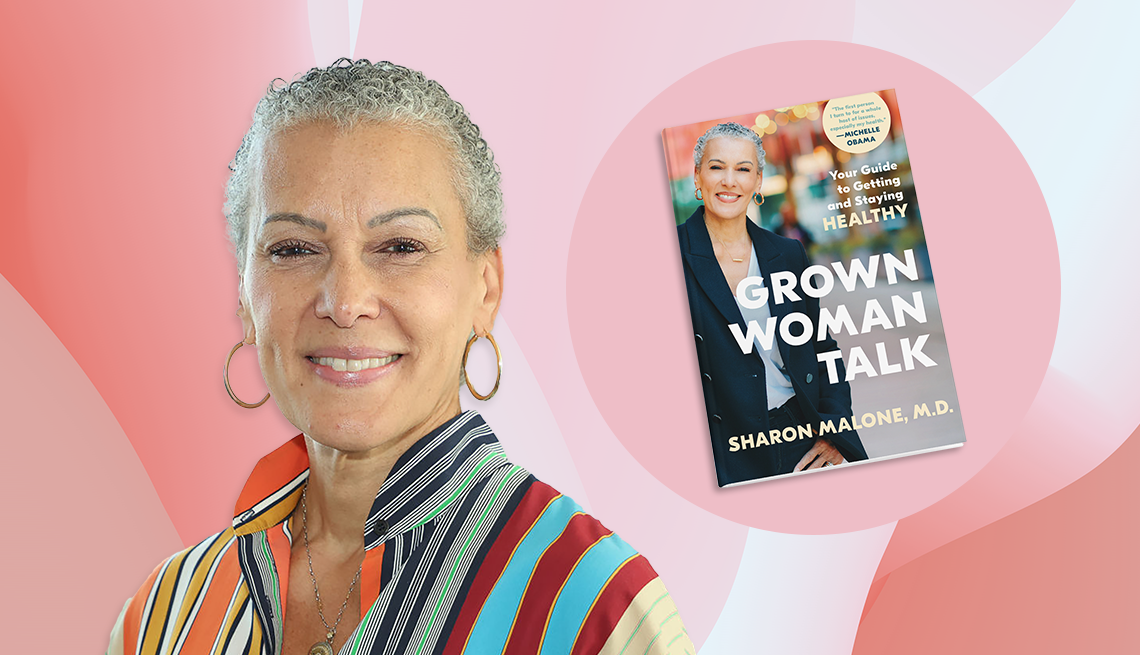AARP Hearing Center
American journalist Katie Couric doesn’t just get mammograms. In September 2022, the former NBC host and CBS anchor revealed in an article on her website that her routine breast cancer screenings often involve an extra step.
Because she has dense breasts, she also gets a breast ultrasound. A recent ultrasound she underwent detected early-stage breast cancer.
Like Couric, many women in the U.S. know that they have dense breasts — some states have long required doctors to notify patients if that’s the case. And now, all mammography facilities in the U.S. are obligated to do the same, thanks to a new rule issued by the Food and Drug Administration (FDA) that went into effect Sept. 10.


AARP Membership— $12 for your first year when you sign up for Automatic Renewal
Get instant access to members-only products and hundreds of discounts, a free second membership, and a subscription to AARP the Magazine.
Here’s what you need to know about dense breasts and how the FDA’s rule may change your mammogram follow-up care.
What is dense breast tissue?
There are three different types of tissue in the breast — fibrous, glandular and fatty. Your breast density reflects the amount of fibrous and glandular tissue (or fibroglandular tissue) in your breast, compared with the amount of fatty tissue. “The more glands and fibrous tissue that a woman has, the denser her breast tissue is,” says Megan Kalambo, M.D., an associate professor in the Department of Breast Imaging at the University of Texas MD Anderson Cancer Center.
Dense breast tissue isn’t something you can see or feel yourself, but it shows up on a mammogram. It’s a common finding during routine screenings that begin in your 40s. Roughly half of women over the age of 40 have dense breasts, according to the FDA.
A radiologist who reads your mammogram results will determine your breast density based on four categories:
- Category A: The breasts are almost entirely fatty tissue.
- Category B: There are a few areas of dense tissue scattered throughout.
- Category C: There’s more dense tissue, and it’s spread evenly throughout.
- Category D: The breasts are extremely dense.
If you fall into category A or B, you are not considered to have dense breasts.

































































